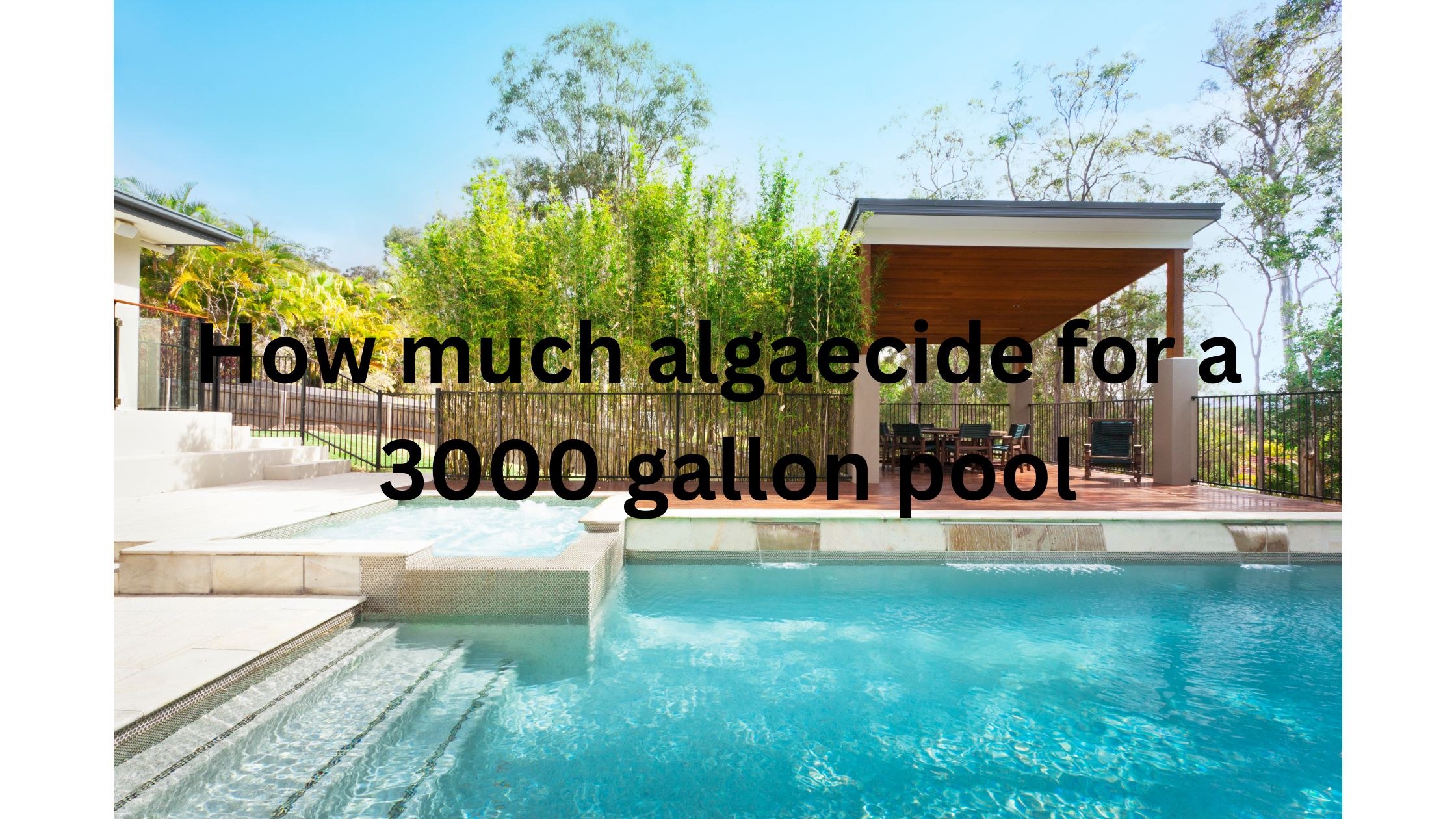The sparkling blue waters of a pool bring joy and refreshment during the warm summer months. However, excessive algaecide can turn that tranquil oasis into a harsh and hazardous environment. It’s crucial to address this issue promptly to protect swimmers, maintain pool health, and prevent long-term damage. This comprehensive guide will provide expert insights and practical steps to help you fix too much algaecide in your pool.

Image: triathlonbudgeting.com
Too Much Algaecide: An Unwelcome Guest
Algaecide, an essential pool chemical, keeps unwanted algae at bay, ensuring a clean and algae-free swimming experience. However, adding too muchalgaecide can have severe consequences. The excess chemicals can irritate skin and eyes, cause respiratory problems, and damage pool surfaces. Additionally, high algaecide levels can throw off the delicate chemical balance of your pool water, making it difficult to maintain proper pH and sanitizer levels.
If you suspect your pool contains too much algaecide, immediate action is necessary. First, stop adding any further algaecide. Next, test your pool water to confirm the algaecide levels. If the results show excessive levels, follow the steps outlined in this guide to correct the issue and restore your pool to a safe and enjoyable condition.
Diluting the Algaecide
The most effective way to combat high algaecide levels is to dilute the water. This can be achieved by partially draining the pool and refilling it with fresh water. The amount of water you need to drain will depend on the severity of the algaecide concentration. Aim to dilute the water to a point where the algaecide levels fall within the recommended range.
Expert Tip
When draining your pool, it’s important to do so gradually to avoid putting stress on the pool structure. Also, check with local regulations regarding wastewater disposal, as some areas may have specific requirements for disposing of chlorinated water.

Image: careyourpool.com
Using Activated Carbon
Activated carbon is a highly absorbent material that can remove impurities and contaminants from water, including algaecide. Adding activated carbon to your pool filter can help reduce algaecide levels. Follow the manufacturer’s instructions for the specific product you are using. Typically, you will need to run the filter for several hours or even days to achieve the desired results.
Expert Advice
Activated carbon is effective at removing algaecide, but it can also absorb other chemicals from the water, including chlorine. Therefore, it’s essential to monitor your chlorine levels and adjust the dosage as needed to maintain proper sanitizer levels.
FAQ
Q: What are the symptoms of excessive algaecide in a pool?
A: Signs of too much algaecide include skin irritation, eye irritation, respiratory problems, and pool surface damage.
Q: How can I prevent adding too muchalgaecide to my pool?
A: Always follow the manufacturer’s instructions for the specific algaecide product you are using. Test your pool water regularly and adjust algaecide levels as needed.
Q: What should I do if my pool has been over-algaecided?
A: Dilute the water by partially draining and refilling the pool. Consider using activated carbon to remove excess algaecide. Monitor your pool water chemistry closely and adjust as needed.
How To Fix Too Much Algaecide In Pool
Conclusion
In conclusion, if you have too much algaecide in your pool, act promptly to address the issue and restore the water to a safe and enjoyable condition. Follow the steps outlined above and consult with pool professionals if needed. Remember, maintaining proper pool chemistry is essential for the health of swimmers and the longevity of your pool equipment. By taking the necessary precautions and seeking expert advice when necessary, you can enjoy a sparkling and algae-free pool all season long.
If you found this article informative, share it with others who may benefit from it. Continue reading our blog for more tips and expert advice on pool care and maintenance.